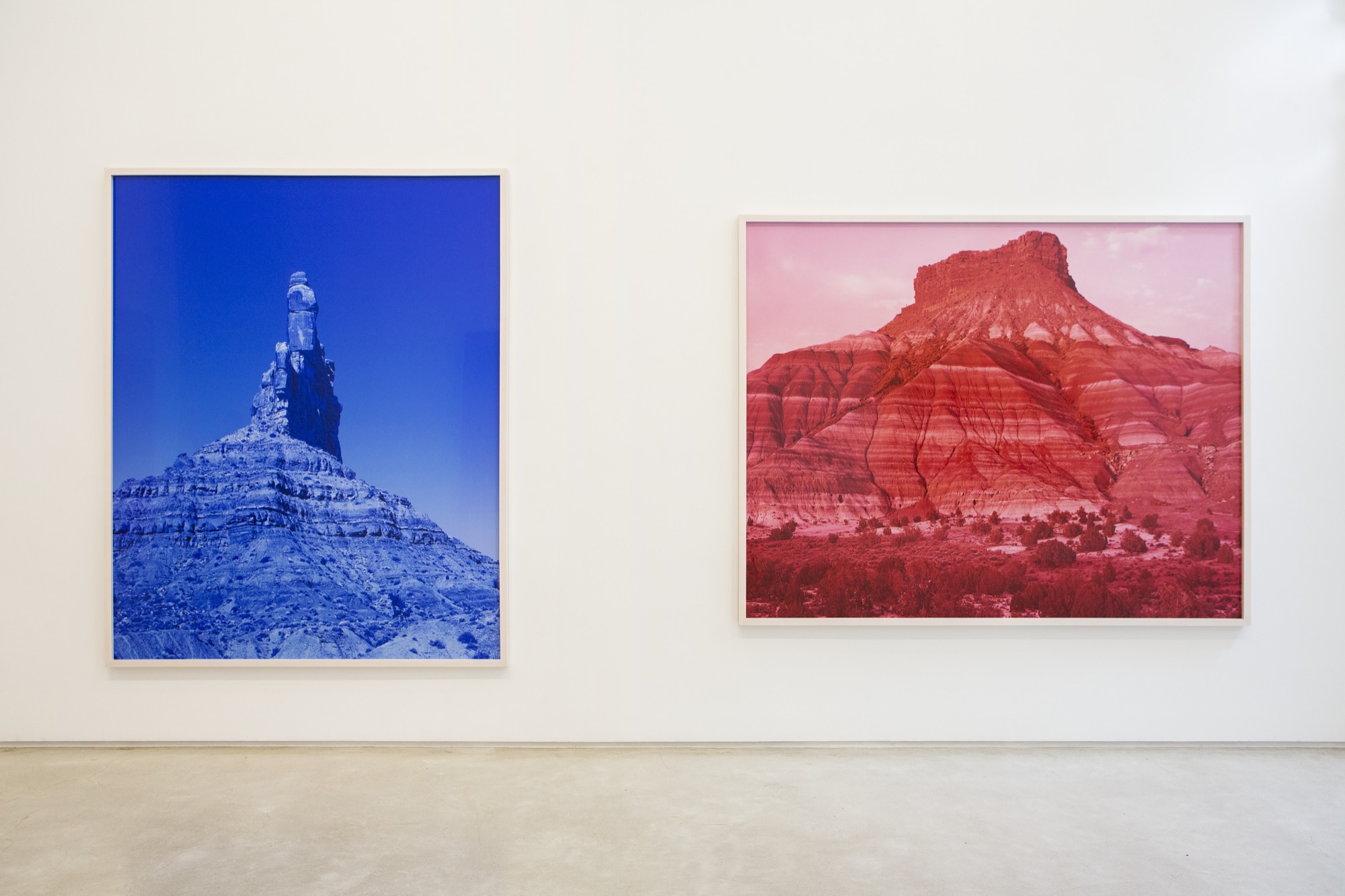American
Monuments
2019
American Monuments is a photographic series examining our relationship to landscape, climate change, color, queer identity, and historical photography, using monochrome depictions of the American national monuments being targeted by the Trump administration for immediate development in the interest of oil, coal and uranium exploration.
I watched in horror as the Trump Administration lifted the protected status of designated national monuments in order to lease the land for coal and uranium mining and oil drilling. Starting in the spring of 2017, I set out to explore, commune with, and photograph these lesser-known, wild, and hard-to-reach places. Spending months alone in these threatened sanctuaries, I became increasingly motivated to protect them, in part by engaging the tradition of photographic preservation. Photographers’ efforts to use their images to advocate for the protection of lands began in the 19th century with the U.S. Geological Survey, and are inextricably bound up with the United States’ complicated mission of simultaneously wresting lands from Indigenous peoples and preserving that land for future generations of Americans.
Like many of my forebears, I use an 8x10 large-format film camera, which allows for an unrivaled level of detail. However, when printing, I’m not interested in depicting the way the subject appears in reality, but rather its potential for emotional resonance between viewer and subject. Color is a conduit for me to make those feelings visible.
Aside from referencing the monuments themselves, the title also refers to the many bodies of historical photographic work that proudly documented the “free and open” American West at a time before human-induced climate change was recognized as an existential threat to our species and all life on Earth. The project consists of large scale (70x90inch) c-prints made in the analog color darkroom that are projections of large format (8x10) color negatives and printed in monochromatic hues.
I watched in horror as the Trump Administration lifted the protected status of designated national monuments in order to lease the land for coal and uranium mining and oil drilling. Starting in the spring of 2017, I set out to explore, commune with, and photograph these lesser-known, wild, and hard-to-reach places. Spending months alone in these threatened sanctuaries, I became increasingly motivated to protect them, in part by engaging the tradition of photographic preservation. Photographers’ efforts to use their images to advocate for the protection of lands began in the 19th century with the U.S. Geological Survey, and are inextricably bound up with the United States’ complicated mission of simultaneously wresting lands from Indigenous peoples and preserving that land for future generations of Americans.
Like many of my forebears, I use an 8x10 large-format film camera, which allows for an unrivaled level of detail. However, when printing, I’m not interested in depicting the way the subject appears in reality, but rather its potential for emotional resonance between viewer and subject. Color is a conduit for me to make those feelings visible.
Aside from referencing the monuments themselves, the title also refers to the many bodies of historical photographic work that proudly documented the “free and open” American West at a time before human-induced climate change was recognized as an existential threat to our species and all life on Earth. The project consists of large scale (70x90inch) c-prints made in the analog color darkroom that are projections of large format (8x10) color negatives and printed in monochromatic hues.
As a queer person, I continually ask myself what it means to venture into the wilderness, doing a job that has traditionally had a macho, heterosexual identity attached to it. I am constantly made aware of my outsider perspective in the largely heteronormative spaces of rural America. Historically, going out into the wilderness has been a means of shedding of social constraints, but that freedom has been reserved for straight white men who wish to strengthen and solidify their credentials as “rugged individualists.” My presence in the wilderness is, in a sense, a performance of “queering” these places, which I’ve found liberating and empowering, and I seek to convey this spirit in my photographs.
Interconnectedness between queer identity and the Earth has infused this series, which I consider a call for liberation from the patriarchal power structure that has controlled and abused our public lands, as well as our queer bodies, for generations. I rely on my art practice to help me better understand our physical and spiritual connection with our planet. The saturated image demands a second look, which may in turn help the viewer to re-visualize these familiar, even iconic terrains, and make more apparent our natural and sacred connections to them. Color can also indicate the presence of something unsettling below the surface. The pictures themselves become records of places that may soon be destroyed, as well as a means of grappling with the loss of the last remaining wilderness in our country.
I believe my pictures may help others navigate this age of climate crisis by providing an empathetic and sublime view of the natural world, and reminding us that these wild places are essential to human existence. And while these photographs may grapple with grim political circumstances, they can paradoxically exude optimism, through a bold use of color, form, and scale to ultimately represent independence, resistance, and self-determination— American qualities that we supposedly hold dear, but which are currently as imperiled as the land itself.
Interconnectedness between queer identity and the Earth has infused this series, which I consider a call for liberation from the patriarchal power structure that has controlled and abused our public lands, as well as our queer bodies, for generations. I rely on my art practice to help me better understand our physical and spiritual connection with our planet. The saturated image demands a second look, which may in turn help the viewer to re-visualize these familiar, even iconic terrains, and make more apparent our natural and sacred connections to them. Color can also indicate the presence of something unsettling below the surface. The pictures themselves become records of places that may soon be destroyed, as well as a means of grappling with the loss of the last remaining wilderness in our country.
I believe my pictures may help others navigate this age of climate crisis by providing an empathetic and sublime view of the natural world, and reminding us that these wild places are essential to human existence. And while these photographs may grapple with grim political circumstances, they can paradoxically exude optimism, through a bold use of color, form, and scale to ultimately represent independence, resistance, and self-determination— American qualities that we supposedly hold dear, but which are currently as imperiled as the land itself.
PHOTOGRAPHS

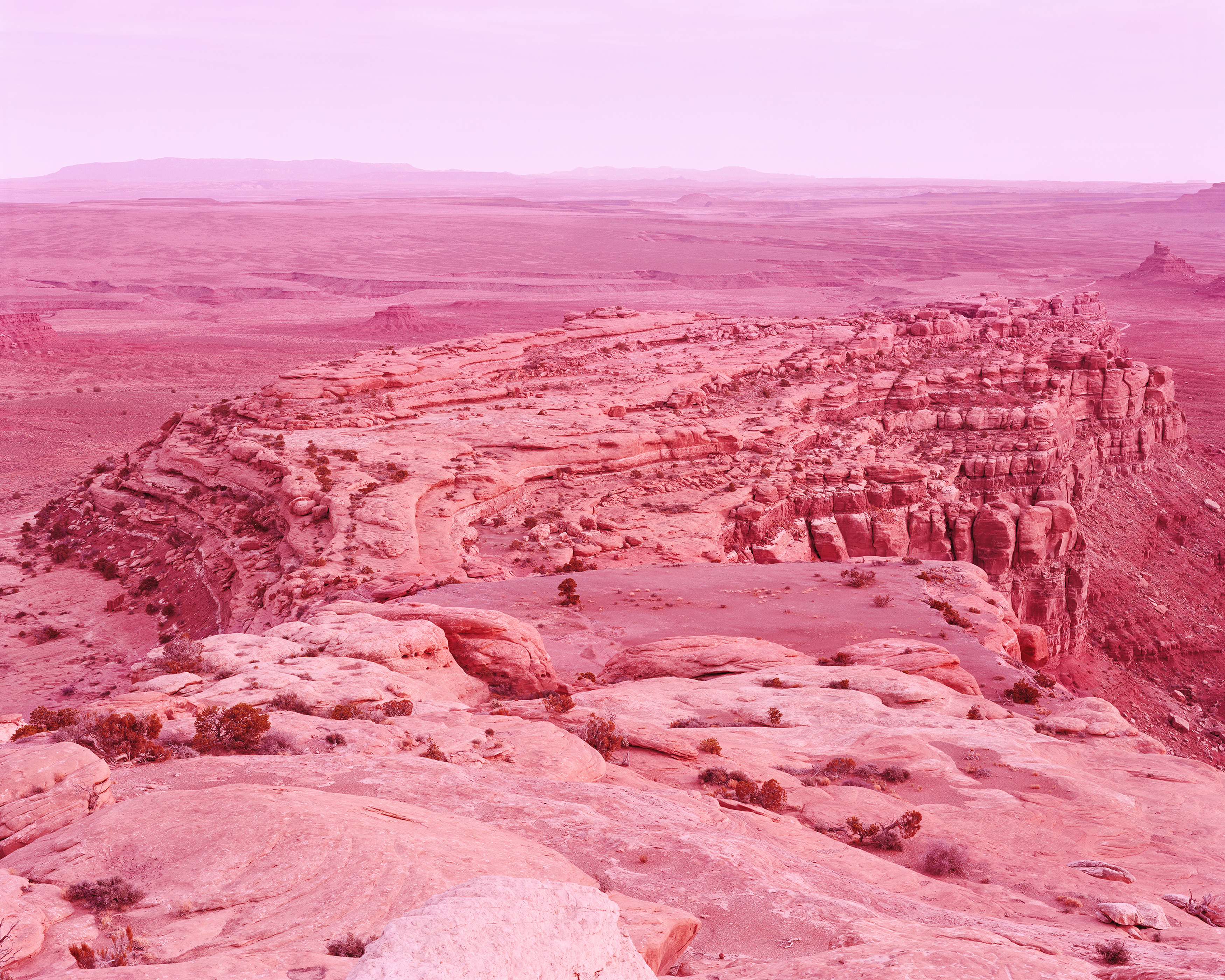






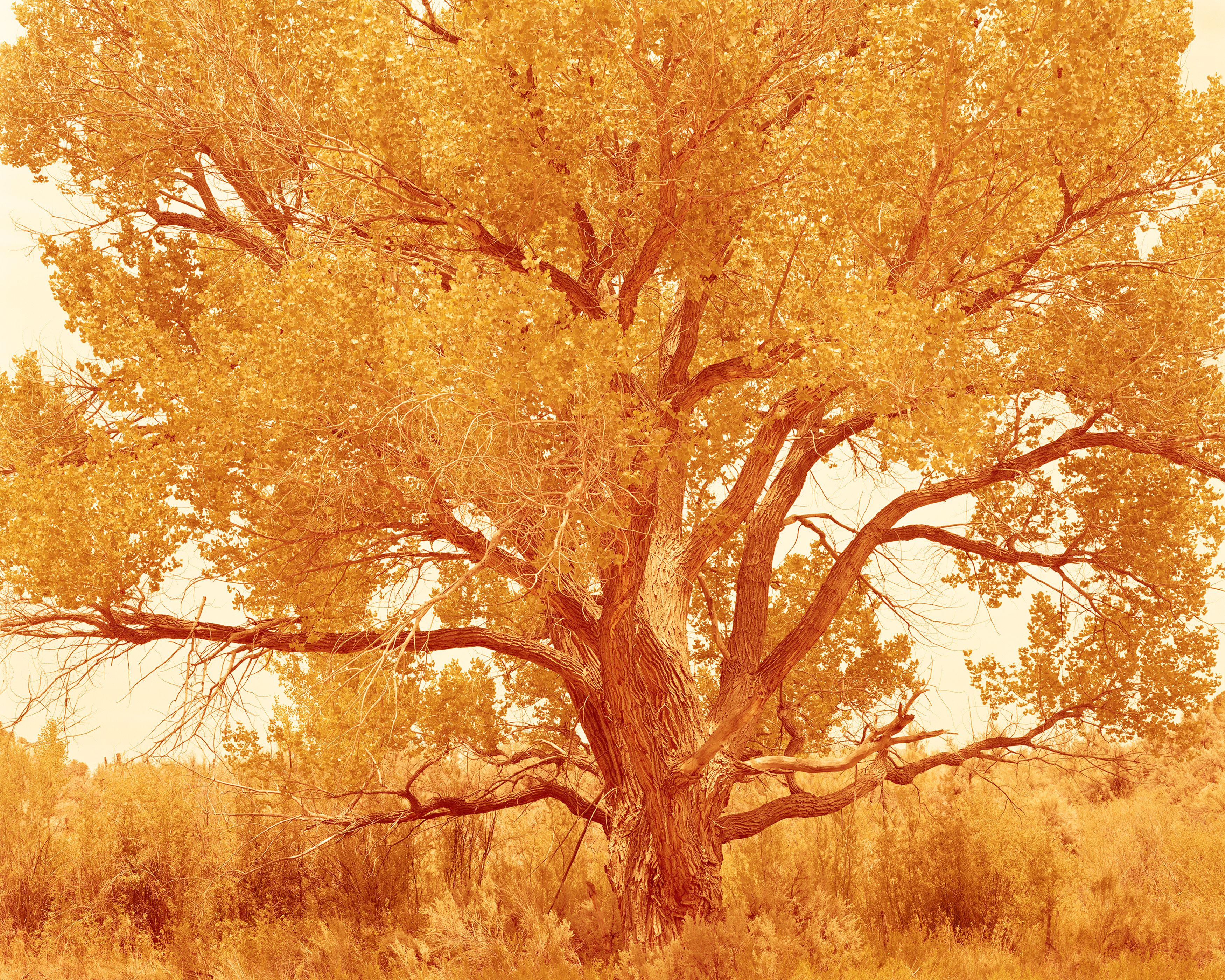







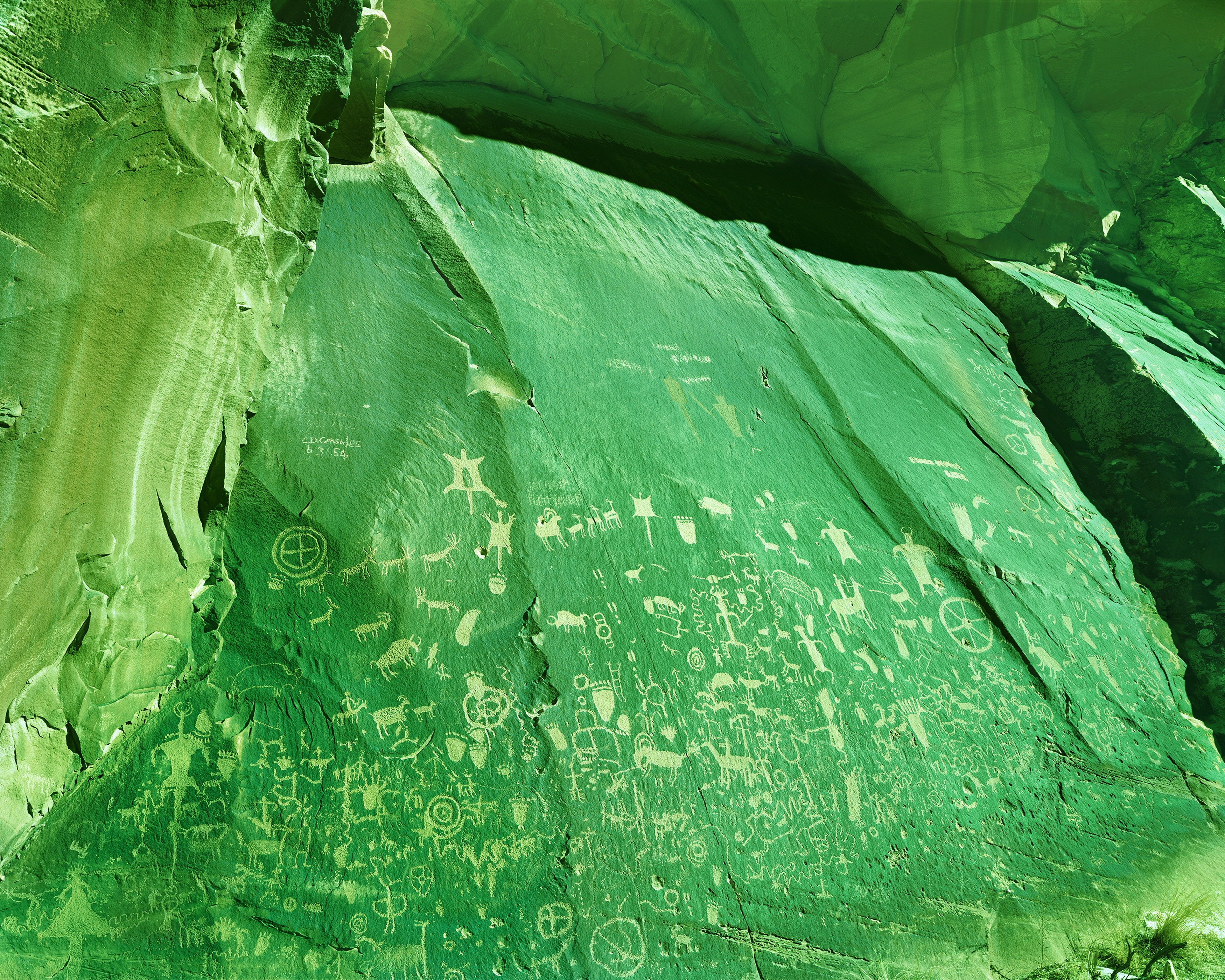

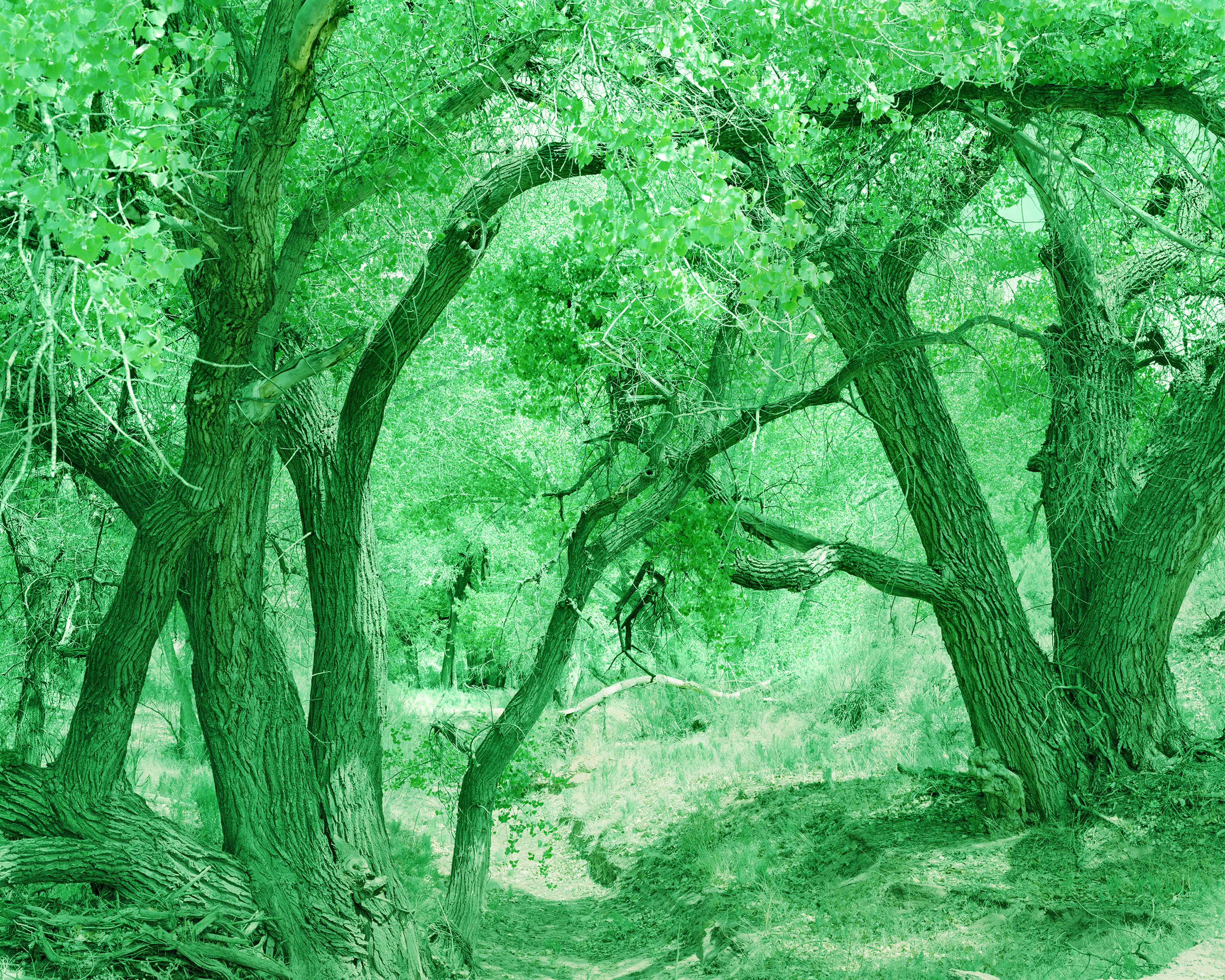
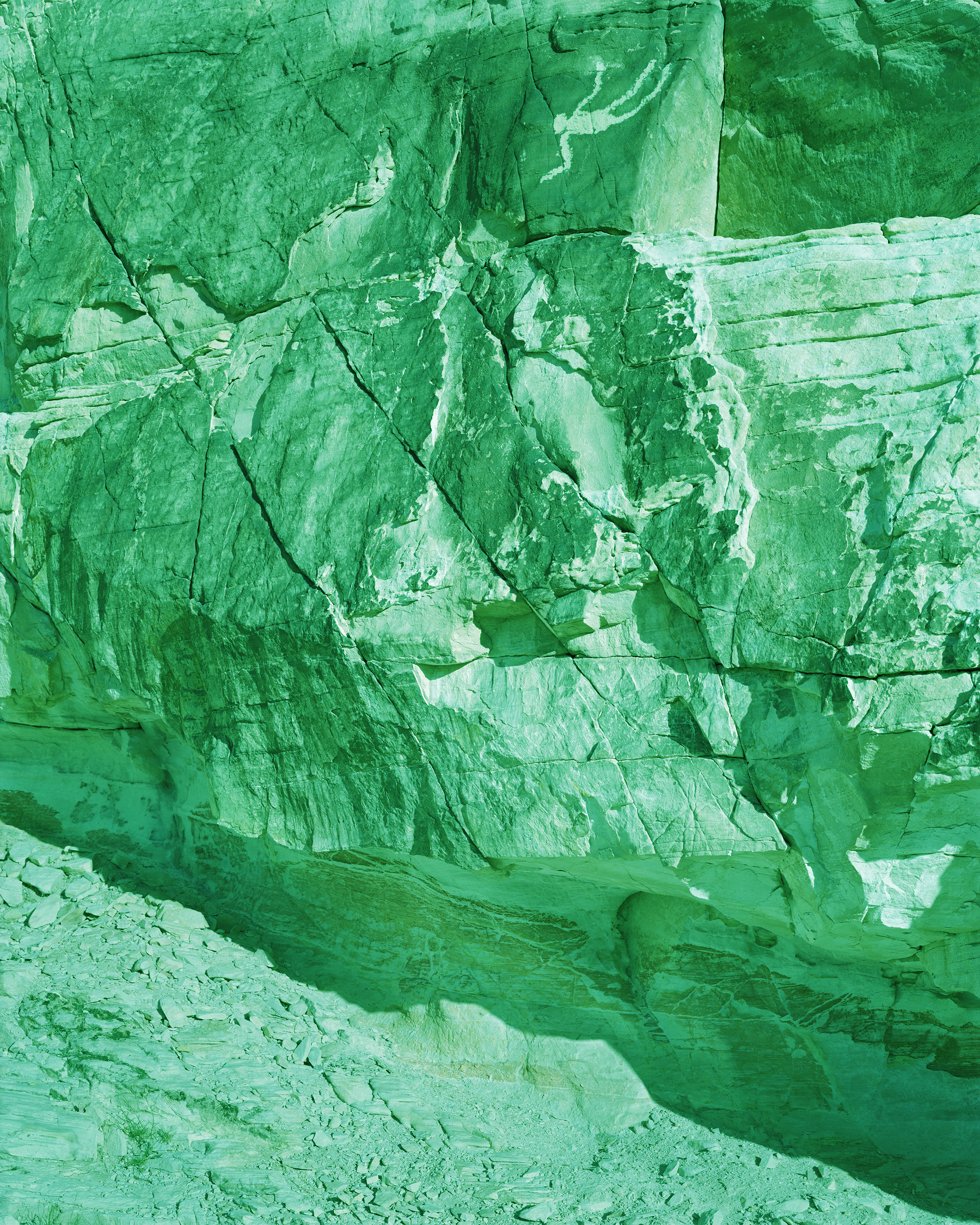



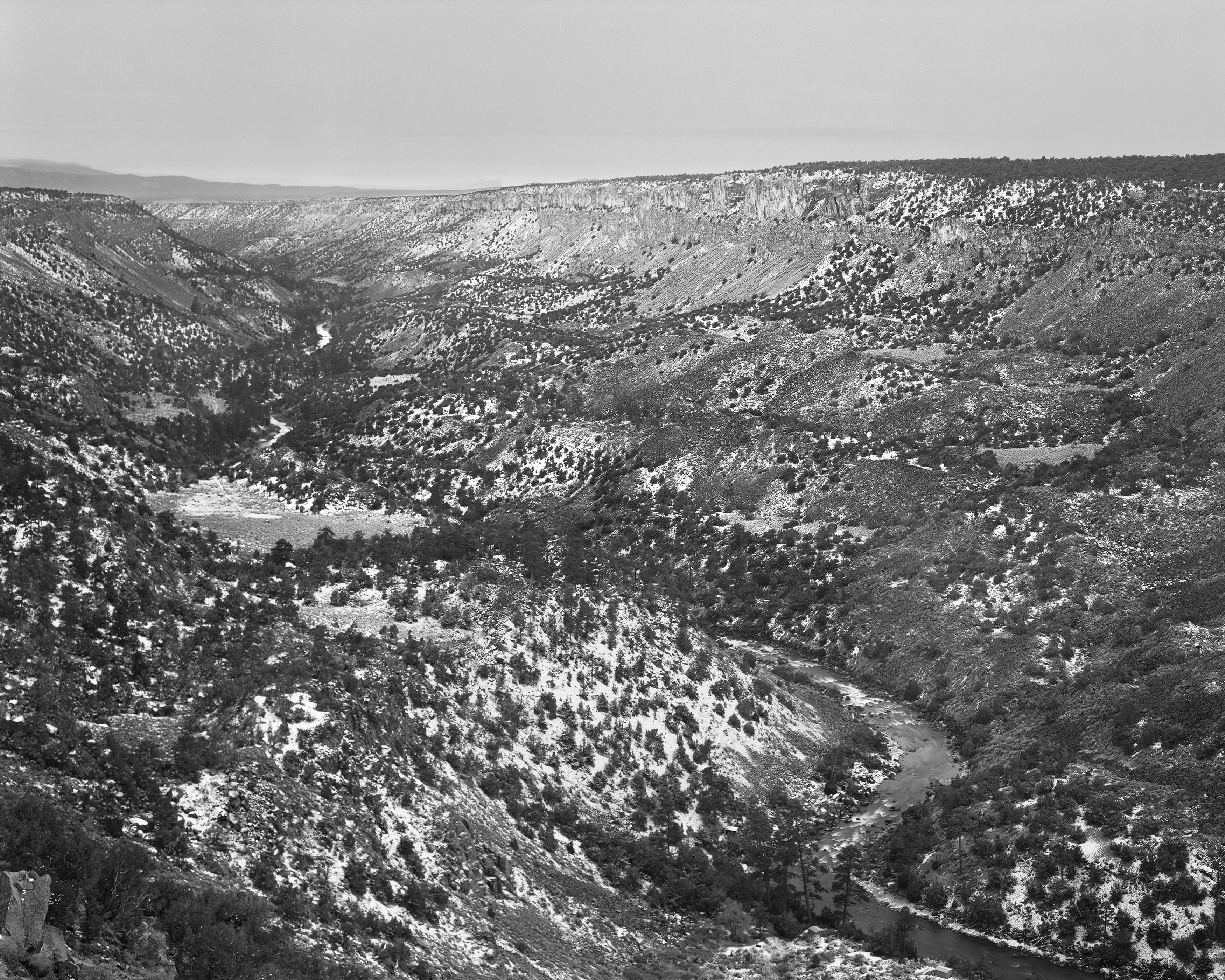







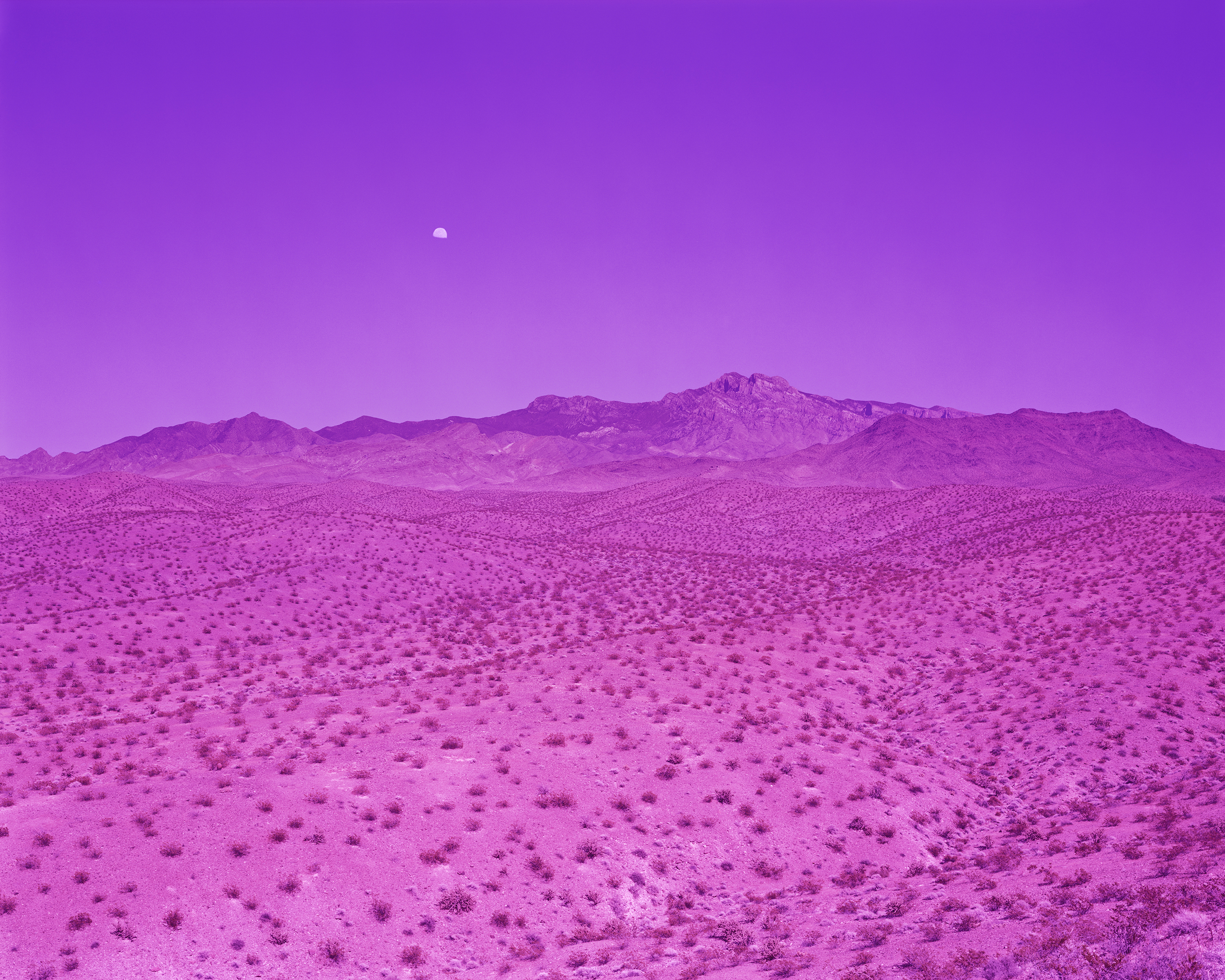
INSTALLATION
![]()
![]()
![]()
![]()
![]()
![]()
![]()
![]()




